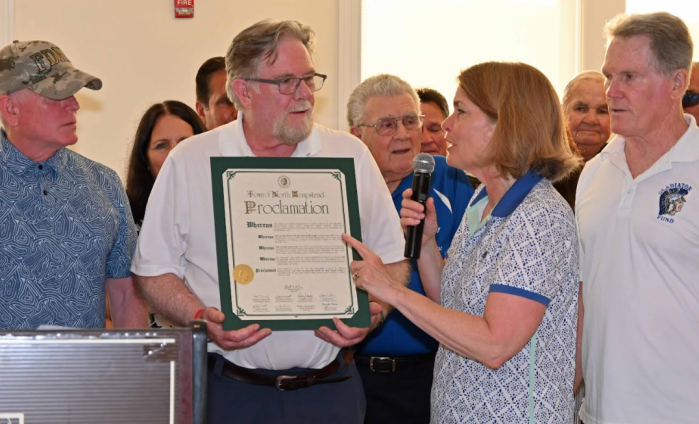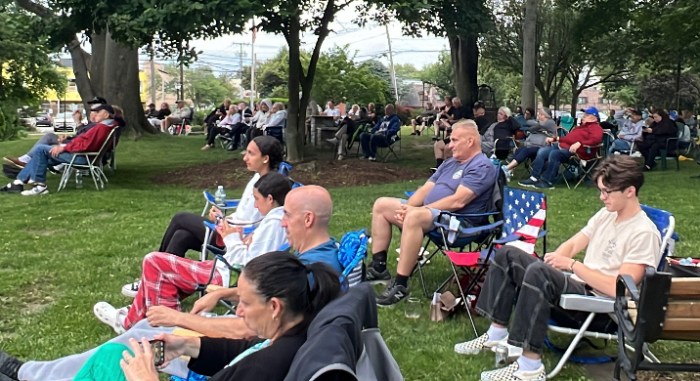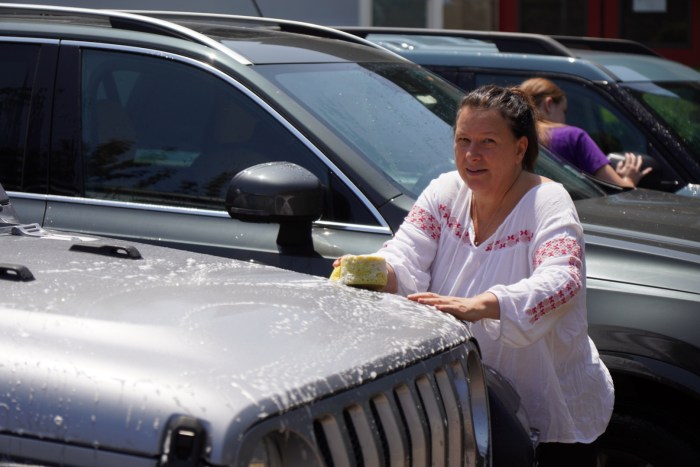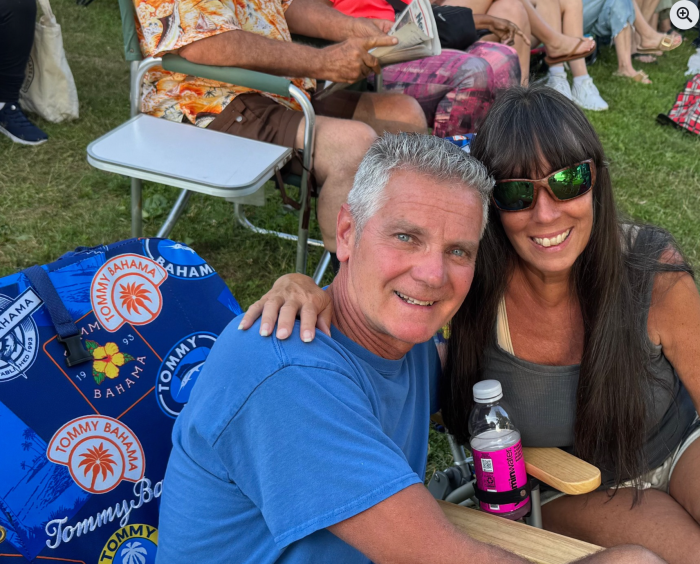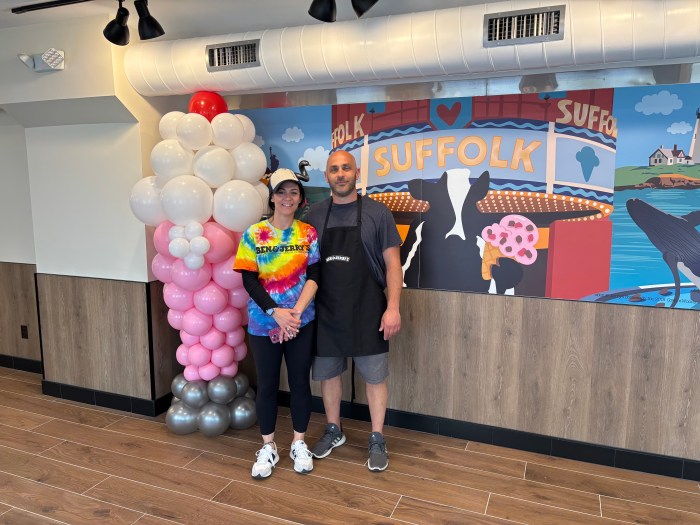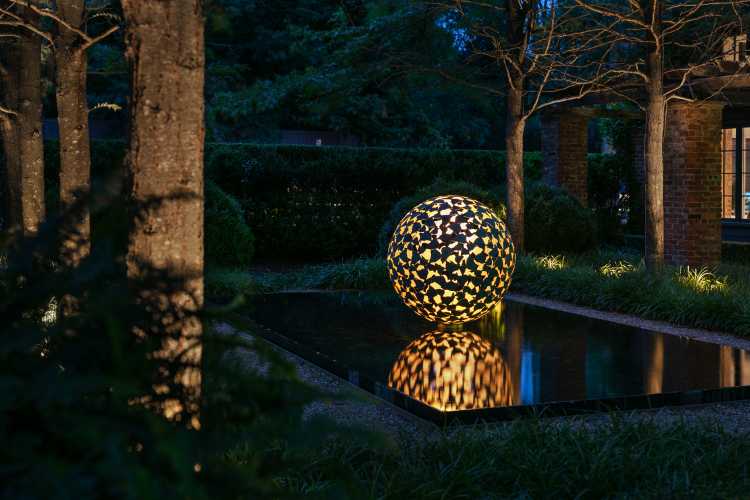Senior assisted living facilities have faced special challenges during the pandemic. Across the state, these care facilities adapted quickly, making many operational challenges due to the sweeping onset of COVID-19. A comprehensive approach towards preventing or minimizing the spread of the virus among residents and staff is the foremost priority, but as New York begins to reopen, assisted living facilities are facing two distinct challenges: resuming in-person contact between residents and their family, and funding.
Lisa Newcomb, the Executive Director of Empire State Association of Assisted Living (ESAAL), a nonprofit organization dedicated to strengthening New York State’s assisted living network and promoting the best interests of providers and residents, is working to answer these questions. ESAAL represents more than 300 licensed assisted living residences, adult homes and enriched housing programs throughout New York State, which are home to more than 30,000 seniors.
“One of the things we are working on now is opening up outdoor visitation,” Newcomb said. “We have seniors who have not seen their family members for months. We are getting calls from family members who are advocating to safely be able to conduct outdoor visits. But we have to wait until the New York State Department of Health authorizes that because visitation on-premises is currently not allowed.”
State officials are proceeding cautiously because the elderly population, many with underlying health conditions, are considered at high risk for contracting the virus. On June 18, ESAAL released a statement advocating for assisted living and adult care facility residents to be allowed to receive outdoor visits from family members and friends. The organization is working closely with the NYS Department of Health as the agency establishes processes and protocols that must be in place once the visits are allowed.
ESAAL outlined best practices to the Department of Health including wearing face masks, requiring social distancing at all times, requiring scheduled appointments, limiting the number of visitors at a time and ensuring adequate staff supervision to ensure rules are being followed. Until outside visitors can return, residents have been allowed to gather safely in small groups for activities, though large congregations have been restricted.
Since the pandemic began in March, senior facilities across the state have implemented new safety protocols on site. Daily screenings, increased sanitizing, additional staff training and temperature checks have become standard practice. Because of these actions, COVID-19 related fatalities at adult care facilities across New York State is currently less than one-third of one percent the fatality rate experienced at nursing homes, according to ESAAL.
“Moving forward, these practices will continue,” Newcomb said. “We will also continue to see telemedicine used more regularly. Before COVID, many residents went out to see their healthcare professionals. That couldn’t happen during the crisis and telehealth was a lifesaver.”
Funding for COVID-19 testing at assisted living facilities is another issue ESAAL is tackling as the state begins to reopen. Unlike nursing homes, which receive federal funds to perform staff-testing, most adult care facilities—with some exceptions—must pay for the cost themselves without aid, Newcomb said. Because regular testing is state-mandated, and likely to remain a requirement for the foreseeable future and up until a reliable COVID-19 vaccine is widely available, this economic burden has the potential to cripple adult care facilities.
“We are talking thousands of dollars every week with no reimbursement,” Newcomb said.
ESAAL is currently calling for state and/or federal dollars to provide support.




